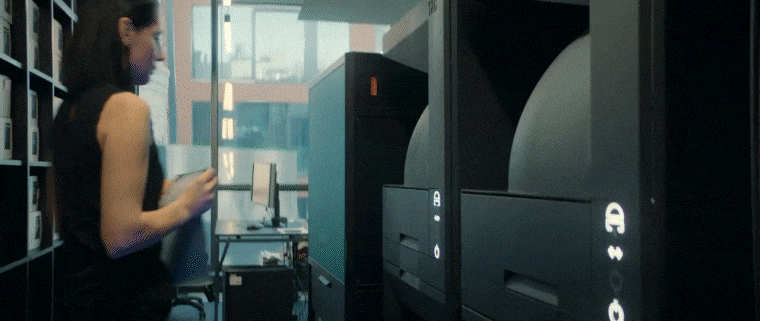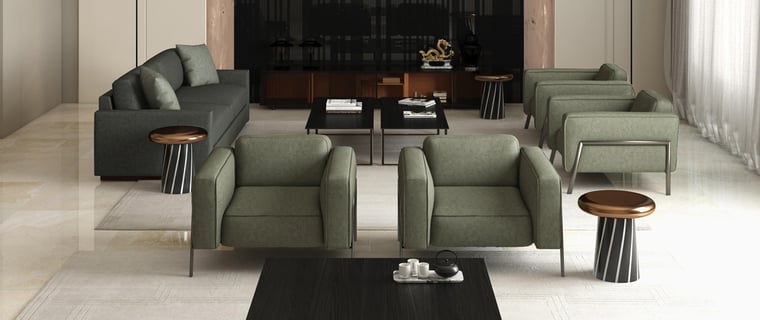
Seeking perfection: Twinbru’s Velvet Shader Project
Published by Admin on
Jun 17, 2022 8:29:11 AM
Twinbru is extremely confident in its claim as setting the industry standard for digital fabrics. Having digitised 12,000 different fabrics thus far, hours of intensive research, scanning, rendering and continuous improvement have ensured the process of creating a fabric digital twin delivers an exact digital replica of exquisite physical fabrics in every colourway.
But, not all fabrics are the same. One, in particular, required more collaboration and truly tested the technical knowledge of the Twinbru team, who were determined to ensure that a particularly challenging fabric could be captured correctly and rendered to perfection. This became known as the Velvet Shader Project.
Luxury and light
Velvet likely originated in the Far East and the earliest mentions of the textile date back to around the 14th century. It is a woven fabric that is tufted with the cut ends evenly distributed to create the soft pile and reflective quality that is so beloved. It is woven on a special loom and the rarest velvet today is made from pure silk fibres but it is extremely expensive. To make the fabric more affordable and accessible, it is commonly made from synthetic fibres or a mix of synthetic and natural fibres.
Many different kinds of velvet vary in thickness, weight, texture, and appearance. Because the fabric is woven with two different yarn thicknesses, the pile is vertical and the fibres are dense, velvet is particularly good at absorbing light depending on the direction of the pile fibres. This is why black velvet is considered a great choice as a backdrop for photography.
The challenge comes when trying to do a high-resolution scan of velvet where light is both absorbed and reflected in different areas of the fabric. Velvet is complex and the colour can look completely different depending on the direction of the fibres and the angle of the light source. If you’ve ever swept your hand across velvet and then back again, you know the fabric looks unalike in all directions - capturing that variability is tough.
 The solution in the shader
The solution in the shader
To capture the true characteristics of velvet, the team at Twinbru began by questioning how to model the way light is reflected across and off a piece of velvet fabric. The solution would be a shader - a program that is effectively a mathematical model to calculate the appropriate levels of light, darkness and colour in a 3D render.
Twinbru’s velvet shader requires settings that focus on the colour variation and reflection in velvet. This couldn’t be achieved without expertise from a team that knows scanning and rendering as well as Twinbru knows fabrics so, we collaborated with our technology partner X-Rite.
The process was quite straightforward: combine the fabric and software knowledge of both teams, scan and render velvet repeatedly, analyse the data and renders and adjust the shader programme accordingly until the final iteration could deliver a true digital twin of velvet. Additionally, the shader program had to be flexible enough for the settings to be altered for various colours, sheen and pile thickness.
Previously, Twinbru had solutions in the rendering process to enhance the look of velvet. The focused project to develop a shader programme specifically for velvet meant that the usual post-production enhancement was no longer necessary as the fabric is accurately captured and rendered. It saves on scanning and processing time and the final visuals are of the highest quality, giving the most true-to-life look.
 Keeping it real
Keeping it real
When a 3D designer creates a project, their goal is to create visualisations that either have people truly convinced the image is of something real when it might not even exist or to bring a fellow creative’s vision to life so that they can see their idea in the correct environment and assess its viability.
Twinbru believes that the work of 3D designers can be made much more efficient, can enjoy much more creativity and can be of the highest quality if they have the right digital assets. Being able to offer renders of velvets that appear on screen with the same light reflection and colour variability as the physical fabric means 3D designers can play with design and present projects that are a visual feast.
For marketing and sales, a digital sample of a velvet can give a customer a true representation of that fabric without having to create a costly physical sample. It also means customers can view the velvet online or on their smart devices - saving time, money and supporting confident purchase decisions.

Setting the standard
It is widely documented that animation studios have sent their artists to study animals, sea life, specific cities or details such as embroidery or cultural symbols to achieve accurate portrayals for film or television. While this type of attention to detail is known in entertainment media, Twinbru’s dedication to velvet is quite unique in the digital visualisation and textile sectors.
Giving consumers an authentic and faithful digital replica of a fabric that is timeless and rich in history is proof of the commitment of our team to honouring the textile and truly bringing it into the digital age.
To view our benchmark renders, visit our Pinterest boards or explore the Renders page for inspiration.